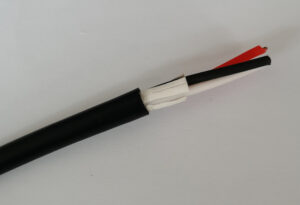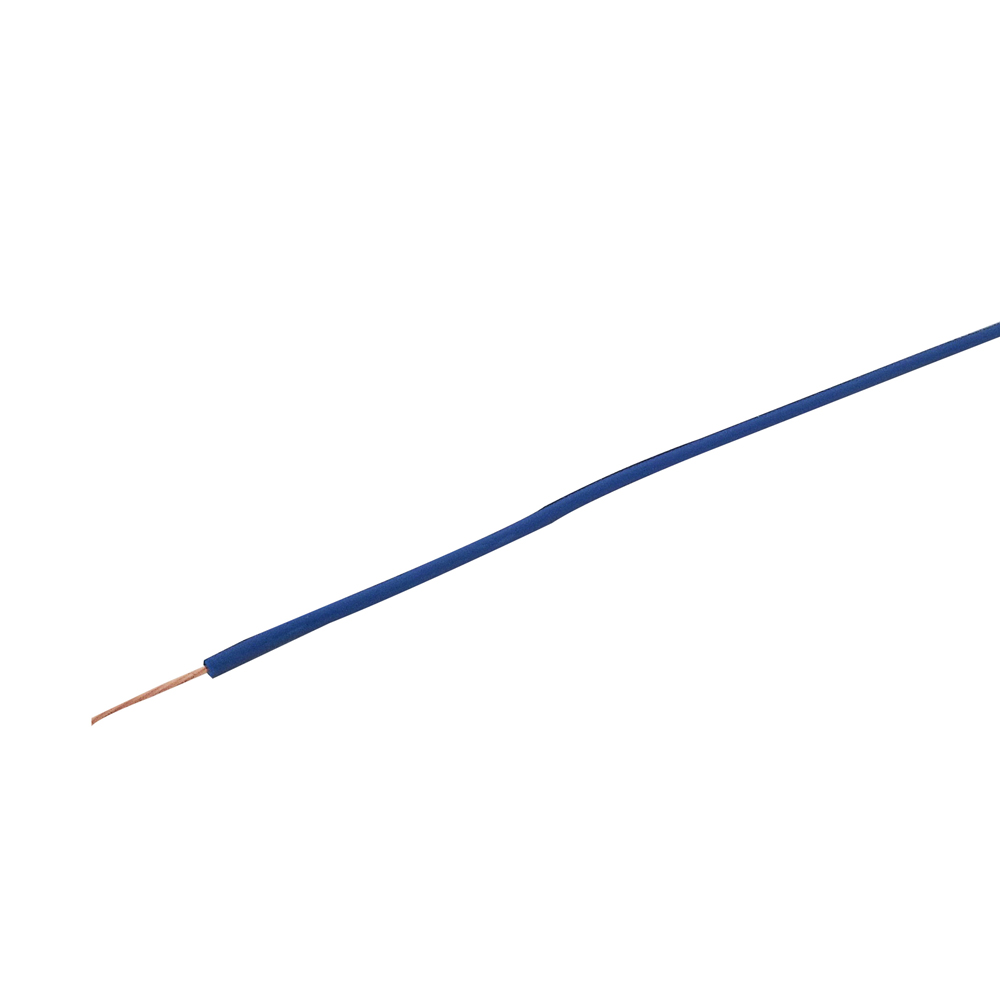Selecting the right multi-conductor irrigation cable is crucial for ensuring the efficient and reliable operation of your irrigation system. Whether you are setting up a new irrigation system or upgrading an existing one, the choice of cable can significantly impact performance, durability, and maintenance requirements. In this comprehensive guide, we will delve into the key factors to consider when choosing a multi-conductor irrigation cable, ensuring you make an informed and effective decision.

Understanding Multi-Conductor Irrigation Cables
A multi-conductor irrigation cable is a type of electrical cable that contains multiple conductors or wires bundled together within a single sheath. These cables are specifically designed for use in irrigation systems, where they connect controllers, valves, sensors, and other components to ensure coordinated and automated watering.
Importance of Multi-Conductor Irrigation Cables
- Signal Transmission: It transmits signals between the irrigation controller and various components, enabling precise control of watering schedules and zones.
- 내구성: These cables are designed to withstand harsh outdoor conditions, including exposure to moisture, UV rays, and soil chemicals.
- Ease of Installation: Bundling multiple conductors in a single cable simplifies installation and reduces clutter in the system.
Key Factors to Consider
1. Cable Construction
Conductors
The conductors are the core elements of the cable that carry electrical signals. Key considerations include:
- 재료: Copper is the preferred material for conductors due to its excellent conductivity and durability. Look for cables with tinned copper conductors to enhance resistance to corrosion.
- 계량기: The wire gauge, measured in American Wire Gauge (AWG), determines the thickness of the conductors. Thicker wires (lower gauge numbers) can carry more current and reduce voltage drop over long distances. Common gauges for irrigation cables range from 18 AWG to 14 AWG.
단열재
Insulation protects the conductors from environmental factors and electrical interference. Important aspects include:
- 재료: Polyethylene (PE) and Polyvinyl Chloride (PVC) are commonly used insulation materials. PE is preferred for its superior moisture resistance and flexibility.
- 두께: Adequate insulation thickness ensures durability and prevents short circuits. Look for cables with insulation that meets or exceeds industry standards.
재킷
The outer jacket shields the entire cable from physical damage and environmental exposure. Consider the following:
- 재료: PVC is a popular choice for jackets due to its robustness and weather resistance. For added protection, consider cables with UV-resistant and direct-burial-rated jackets.
- 유연성: Flexible jackets ease installation, especially in areas with tight bends or complex routing.
2. Number of Conductors
Determine the number of conductors required based on your irrigation system’s design. Typical systems use cables with 2 to 25 conductors. Each valve or sensor requires a dedicated conductor, so ensure the cable has enough conductors to accommodate all components without the need for splicing.
3. Voltage Rating
Ensure the cable’s voltage rating matches the requirements of your irrigation system. Most systems operate at low voltages (24V AC or 12V DC). Using a cable with an appropriate voltage rating prevents insulation breakdown and potential electrical hazards.

4. Environmental Considerations
Moisture Resistance
Since irrigation cables are often buried underground or exposed to moisture, select cables with high moisture resistance. Look for features like water-blocking compounds and dual-layer insulation to enhance protection against water ingress.
UV Resistance
If the cable is exposed to sunlight, UV resistance is crucial to prevent degradation of the jacket material. UV-resistant cables maintain their integrity and performance over prolonged exposure to sunlight.
Temperature Range
Consider the operating temperature range of the cable. Ensure it can withstand the extreme temperatures of your region without compromising performance. Cables rated for a wide temperature range provide reliable operation in both hot and cold climates.
5. Installation and Maintenance
Ease of Installation
Choose a cable that is easy to handle and install. Features like sequential foot markings on the jacket can simplify measuring and cutting. Flexible cables with smooth jackets are easier to pull through conduits and around bends.
Maintenance and Troubleshooting
Opt for cables with color-coded conductors or clearly marked identification for each conductor. This simplifies troubleshooting and maintenance, allowing for quick identification and repair of any issues.
6. Compliance and Certification
Ensure the cable meets industry standards and certifications. Look for cables that comply with UL (Underwriters Laboratories) or other relevant standards. Certified cables guarantee a level of quality and safety, ensuring reliable performance in your irrigation system.
7. Cost Considerations
While it’s important to select a high-quality cable, consider the overall cost of ownership. Investing in a durable, reliable cable may have a higher upfront cost but can save money in the long run by reducing maintenance, replacements, and downtime.
Popular Multi-Conductor Irrigation Cable Options
To help you get started, here are a few popular multi-conductor irrigation cables that meet the criteria discussed:
- Paige Irrigation Wire: Known for its durability and UV resistance, Paige irrigation wire comes in various conductor counts and gauges, making it a versatile choice for different system sizes.
- Southwire Multi-Conductor Irrigation Cable: Southwire offers cables with excellent moisture resistance and flexibility that are suitable for direct burial and exposed applications.
- Toro Multi-Conductor Cable: Toro’s cables are designed specifically for irrigation systems, featuring robust insulation and jackets to withstand harsh conditions.
Installation Tips for Multi-Conductor Irrigation Cables
Planning and Preparation
- Layout: Plan the cable route to minimize bends and avoid obstacles. Measure the distance accurately to ensure you purchase the right length of cable.
- 도관: Use conduits where possible to protect the cable from physical damage and ease future maintenance. Ensure the conduit size accommodates the cable without excessive friction.
Pulling the Cable
- Lubrication: Use cable lubricant to reduce friction and ease the pulling process, especially for long runs or tight bends.
- Support: Provide support at regular intervals to prevent sagging and strain on the cable. Use cable ties or clips to secure the cable in place.
Connections
- Splicing: Minimize splices to reduce potential points of failure. When splicing is necessary, use waterproof connectors and sealants to protect against moisture.
- Terminations: Ensure proper terminations at controllers, valves, and sensors. Use connectors that provide secure and reliable connections.
Testing and Verification
- Continuity Test: Perform a continuity test to ensure all conductors are properly connected and there are no breaks or shorts.
- Insulation Test: Test the insulation resistance to verify there are no leaks or degradation in the insulation material.
Maintenance and Troubleshooting
정기 검사
Conduct regular inspections of the cable for signs of damage, wear, or degradation. Look for exposed conductors, cracks in the jacket, or moisture ingress. Promptly address any issues to prevent system failures.
Troubleshooting
If you encounter issues with the irrigation system, use the following troubleshooting steps:
- Visual Inspection: Check for visible damage or loose connections.
- Continuity Test: Verify the continuity of each conductor using a multimeter.
- Insulation Test: Test the insulation resistance to identify potential leaks or shorts.
- Component Check: Ensure all connected components (controllers, valves, sensors) are functioning correctly.
결론
Choosing the right multi-conductor irrigation cable is a critical step in ensuring the efficient and reliable operation of your irrigation system. By considering factors such as cable construction, number of conductors, voltage rating, environmental resistance, and ease of installation, you can select a cable that meets the specific needs of your system. Investing in a high-quality multi-conductor irrigation cable not only enhances system performance but also reduces maintenance costs and extends the lifespan of your irrigation infrastructure. With the right cable in place, you can enjoy a well-maintained and efficiently watered landscape for years to come.




